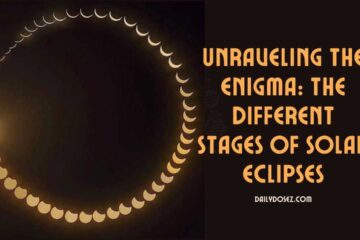Space tourism has long been a topic of fascination and excitement for humanity. In recent years, significant advancements in technology and a growing interest from private companies have propelled the concept of space tourism from science fiction to a potential reality.
With companies like SpaceX, Blue Origin, and Virgin Galactic at the forefront, the idea of taking trips to the Moon no longer seems like an unattainable dream. In this article, we will explore the future of space tourism and whether we can expect a time when ordinary people will have the opportunity to venture beyond Earth’s atmosphere.
The Emergence of Commercial Space Travel
The dawn of the 21st century witnessed a remarkable shift in the space industry. While space exploration was traditionally reserved for government agencies like NASA, the emergence of private space companies has opened up new possibilities for space tourism.
Pioneering companies like SpaceX, founded by Elon Musk, and Blue Origin, founded by Jeff Bezos, have made significant strides in developing reusable rocket technology, bringing down the cost of space travel and making it more accessible to the general public.
Space Tourism Ventures
Several companies have already made significant progress in their pursuit of space tourism. Virgin Galactic, led by Richard Branson, aims to offer suborbital flights that will provide customers with a few minutes of weightlessness and a breathtaking view of Earth.
SpaceX has also announced plans for their “Starship” spacecraft, designed to transport both astronauts and civilians to destinations beyond Earth, including the Moon and Mars.
Technological Advancements
Advancements in technology are crucial for the development of space tourism. Reusable rocket technology, like SpaceX’s Falcon 9, has already demonstrated its potential to significantly reduce the cost of space travel.
Continued innovation in this area, along with advancements in materials, propulsion systems, and life support systems, will be instrumental in making space tourism a viable option for the general public.
Safety Considerations
Safety is of paramount importance when it comes to space travel. While space tourism ventures have made substantial progress in ensuring passenger safety, there are inherent risks associated with venturing into space.
Robust safety measures, comprehensive training programs, and continuous refinement of spacecraft design are essential to mitigate these risks and provide a safe experience for space tourists.
Cost and Accessibility
At present, space tourism remains an exclusive and costly endeavor. However, as technology advances and competition in the industry increases, we can expect the cost to decrease over time.
While it may not be affordable for everyone in the immediate future, the potential for reduced prices and various payment options, such as crowdfunding initiatives, could eventually make space tourism accessible to a broader range of individuals.
Environmental Impact
As we explore the future of space tourism, it is crucial to consider its environmental impact. The space industry must strive to develop sustainable practices to minimize its carbon footprint.
Companies like SpaceX have already shown commitment to this cause by developing reusable rockets, which reduce the number of discarded components and debris in orbit. Continued efforts to minimize waste, develop cleaner propellants, and invest in eco-friendly technologies will be essential for the long-term sustainability of space tourism.
Conclusion
While the idea of taking trips to the Moon may have seemed far-fetched just a few decades ago, the emergence of private space companies and rapid technological advancements have brought space tourism within the realm of possibility.
Although challenges remain, such as ensuring safety, reducing costs, and addressing environmental concerns, the future of space tourism appears promising. While it may take some time before we all have the opportunity to embark on lunar voyages, the groundwork is being laid for a future where space travel is no longer limited to astronauts, but an adventure accessible to all who dare to dream.




